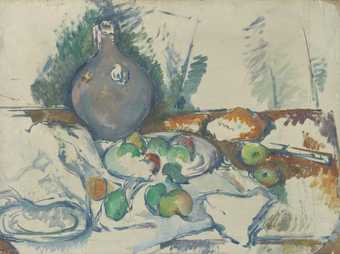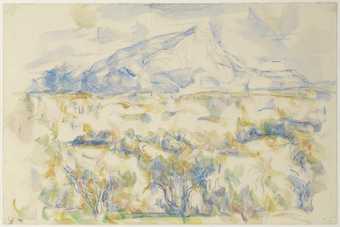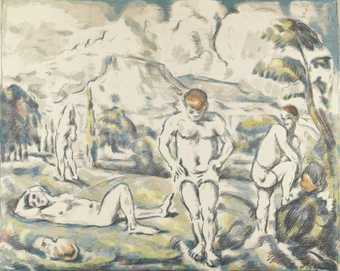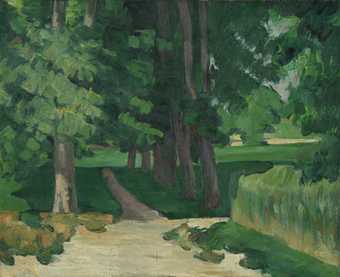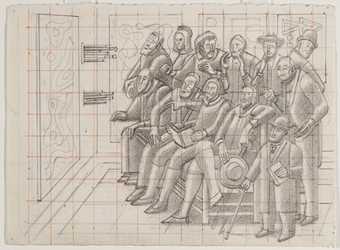In the Studio
FreeBiography
Paul Cézanne ( say-ZAN, UK also siz-AN, US also say-ZAHN, French: [pɔl sezan]; 19 January 1839 – 22 October 1906) was a French Post-Impressionist painter whose work introduced new modes of representation and influenced avant-garde artistic movements of the early 20th century. Cézanne is said to have formed the bridge between late 19th-century Impressionism and early 20th century Cubism.
While his early works are still influenced by Romanticism – such as the murals in the Jas de Bouffan country house – and Realism, Cézanne arrived at a new pictorial language through intensive examination of Impressionist forms of expression. He altered conventional approaches to perspective and broke established rules of academic art by emphasizing the underlying structure of objects in a composition and the formal qualities of art. Cézanne strived for a renewal of traditional design methods on the basis of the impressionistic colour space and colour modulation principles. Cézanne's often repetitive, exploratory brushstrokes are highly characteristic and clearly recognizable. He used planes of colour and small brushstrokes that build up to form complex fields. The paintings convey Cézanne's intense study of his subjects. Both Henri Matisse and Pablo Picasso are said to have remarked that Cézanne "is the father of us all".
His painting provoked incomprehension and ridicule in contemporary art criticism. Until the late 1890s it was mainly fellow artists such as Camille Pissarro and the art dealer and gallery owner Ambroise Vollard who discovered Cézanne's work and were among the first to buy his paintings. In 1895, Vollard opened the first solo exhibition in his Paris gallery, which led to a broader examination of the artist's work.
This biography is from Wikipedia under an Attribution-ShareAlike Creative Commons License. Spotted a problem? Let us know.
Read full Wikipedia entry


